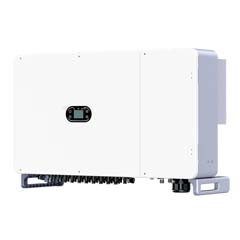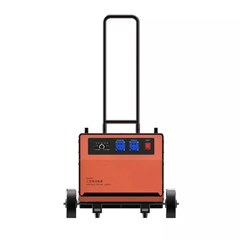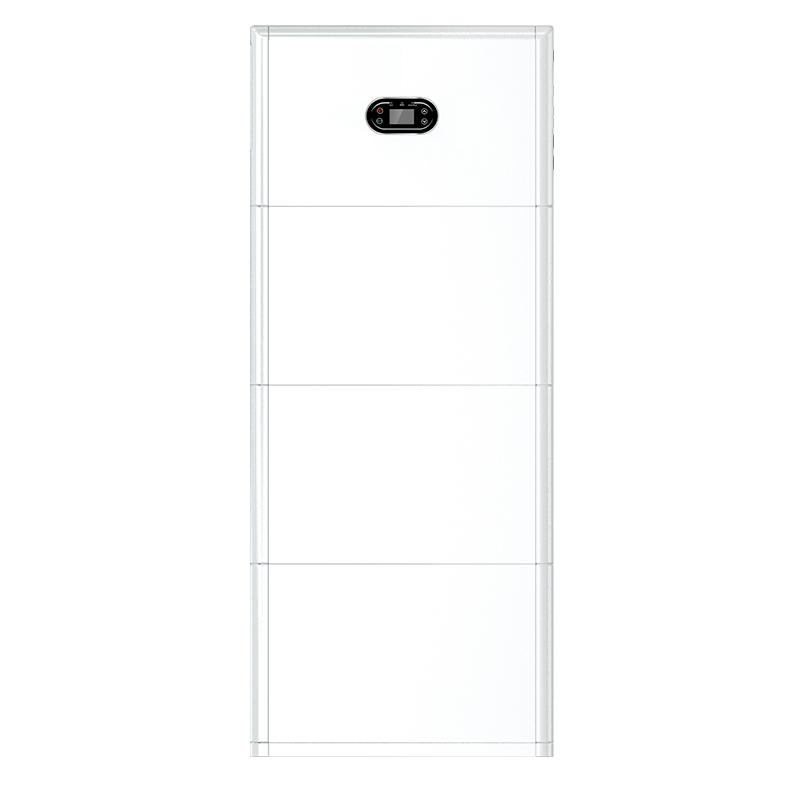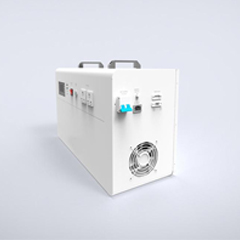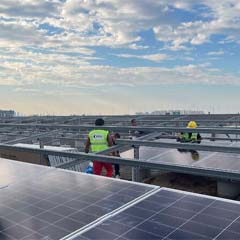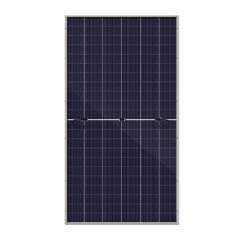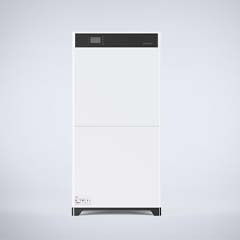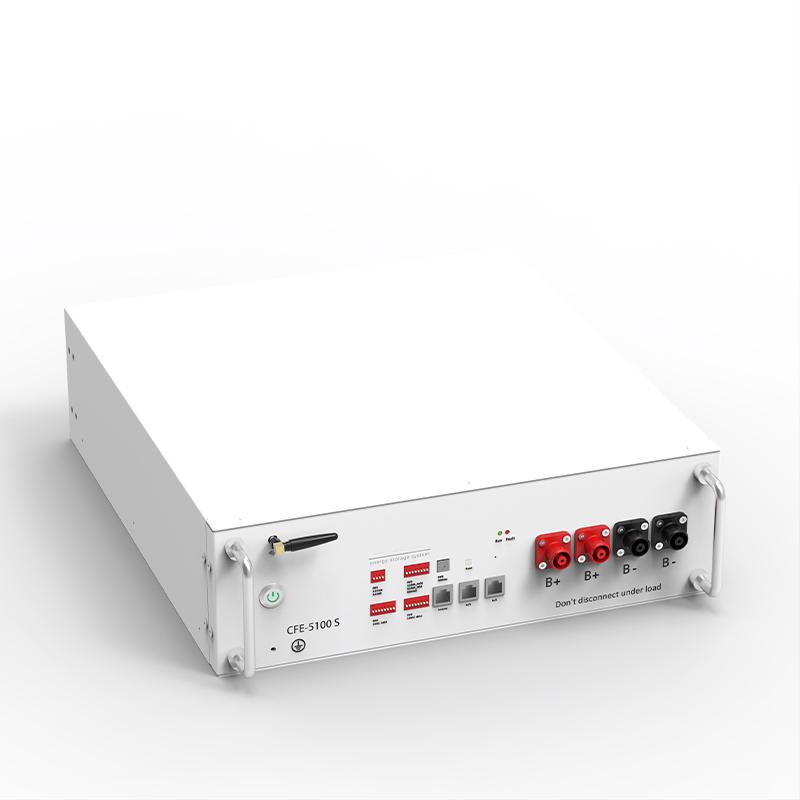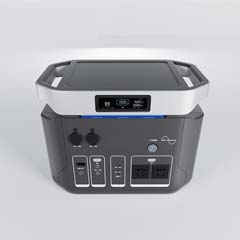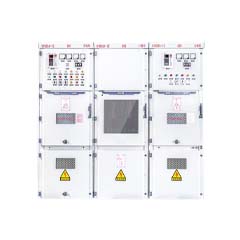The Ultimate Guide to Choosing Portable Power Stations: What You Need to Know
Mar 24, 2025
In an era where reliable power is essential for both everyday life and emergency situations, portable power stations have emerged as a versatile and indispensable solution. Whether you're camping in the wilderness, working on a remote construction site, or preparing for a power outage, these compact devices provide a convenient and eco-friendly way to keep your devices and appliances running. However, with so many options available, selecting the right portable power station can be challenging.
What is a Portable Power Station?
A portable power station is a compact, battery-powered device designed to provide electricity for a wide range of devices and appliances. Unlike traditional gas-powered generators, portable power stations are quieter, more environmentally friendly, and easier to use. They come in various sizes and capacities, from small units that can charge your phone to larger models like the 1200W outdoor power station or the 2400W outdoor power station, which can power tools, appliances, and even medical equipment.
These devices are equipped with multiple output options, including AC, DC, and USB ports, making them highly versatile. Many also support solar charging, allowing you to harness renewable energy for off-grid adventures or sustainable power use.
Advantages of Using a Portable Power Station
1. Portability and Convenience
Portable power stations are lightweight and compact, making them easy to carry and transport. Whether you're camping, working on a remote job site, or dealing with a power outage, these devices provide a convenient power source wherever you go.
2. Quiet Operation
Unlike traditional gas generators, portable power stations operate silently. This makes them ideal for use in quiet environments like campsites, residential areas, or during nighttime emergencies.
3. Eco-Friendly
Many portable power stations, especially those with solar charging capabilities, rely on clean energy sources. This reduces your carbon footprint and supports sustainable energy practices.
4. Versatility
With multiple output options (AC, DC, USB), portable power stations can power a wide range of devices, from smartphones and laptops to refrigerators and power tools. For example, the 1200W outdoor power station is perfect for light to moderate use, while the 2400W outdoor power station can handle heavier loads and more demanding tasks.
5. Emergency Preparedness
Portable power stations are a lifesaver during emergencies. They can keep essential devices like medical equipment, communication tools, and lights running during power outages or natural disasters.
6. Low Maintenance
Unlike gas generators, portable power stations require minimal maintenance. There’s no need for fuel, oil changes, or complex upkeep, making them a hassle-free power solution.
Disadvantages of Using a Portable Power Station
1. Limited Power Capacity
While portable power stations are versatile, they have limited energy storage compared to traditional generators. High-power devices or prolonged use may drain the battery quickly, especially in smaller models.
2. Recharging Time
Depending on the model and charging method, recharging a portable power station can take several hours. Solar charging, while eco-friendly, may be slower, particularly in low sunlight conditions.
3. Initial Cost
High-quality portable power stations, especially those with larger capacities like the 2400W outdoor power station, can be expensive upfront. However, their long-term benefits often justify the investment.
4. Weight and Size
While designed for portability, larger models can still be heavy and bulky. This might make them less convenient for activities like hiking or backpacking.
5. Limited Lifespan
The battery life of portable power stations is finite, and over time, the capacity may degrade. However, proper care and maintenance can extend their lifespan.
Key Considerations When Choosing a Portable Power Station
1. Power Output: Match Your Needs
Determine the wattage required for your devices. For example, a 1200W outdoor power station is ideal for moderate use, such as charging laptops, powering small appliances, or running light tools. On the other hand, a 2400W outdoor power station is better suited for heavy-duty tasks, like running larger appliances or multiple devices simultaneously.
2. Battery Capacity
Battery capacity, measured in watt-hours (Wh), determines how long your power station can run before needing a recharge. Assess how long you'll need the power station to operate and choose a capacity that fits your usage patterns. Higher capacity means longer runtime but may also mean a larger and heavier unit.
3. Charging Options
Look for versatile charging methods, including solar, AC, and car charging, to ensure you can recharge the station in various situations. Solar charging is particularly useful for off-grid adventures, while car charging is handy for emergencies.
4. Durability
Since portable power stations are often used in rugged environments, durability is a must. Ensure the unit is built with high-quality materials that can withstand harsh conditions. Water resistance and shockproof features are also beneficial for outdoor use.
5. Portability
Consider the size and weight of the unit, especially if you'll be hiking or traveling frequently. Many portable power stations are designed with handles and compact forms to enhance mobility.
6. Brand Reputation
Opt for a trusted Portable Power Stations Manufacturer like Enecell, known for producing reliable and high-performance power stations. A reputable brand ensures you get a product that's both efficient and durable.
7. Additional Features
Some power stations come with extra features like LCD screens for easy monitoring, multiple ports for simultaneous charging, and even wireless charging pads. These extras can make a significant difference in usability.
Applications of Portable Power Stations
Portable power stations are incredibly versatile and can be used in a variety of scenarios, including:
Outdoor Adventures: Power camping gear, lights, and small appliances.
Construction Sites: Run tools and equipment in remote locations.
Emergency Situations: Keep essential devices running during power outages.
Events and Festivals: Provide power for sound systems, lighting, and food trucks.
Sustainable Living: Use solar charging to reduce reliance on grid power.
As a trusted Portable Power Stations Manufacturer, Enecell is committed to delivering high-quality, reliable power solutions tailored to your needs. Explore our range of products to find the perfect portable power station for your next adventure or emergency preparedness plan.

